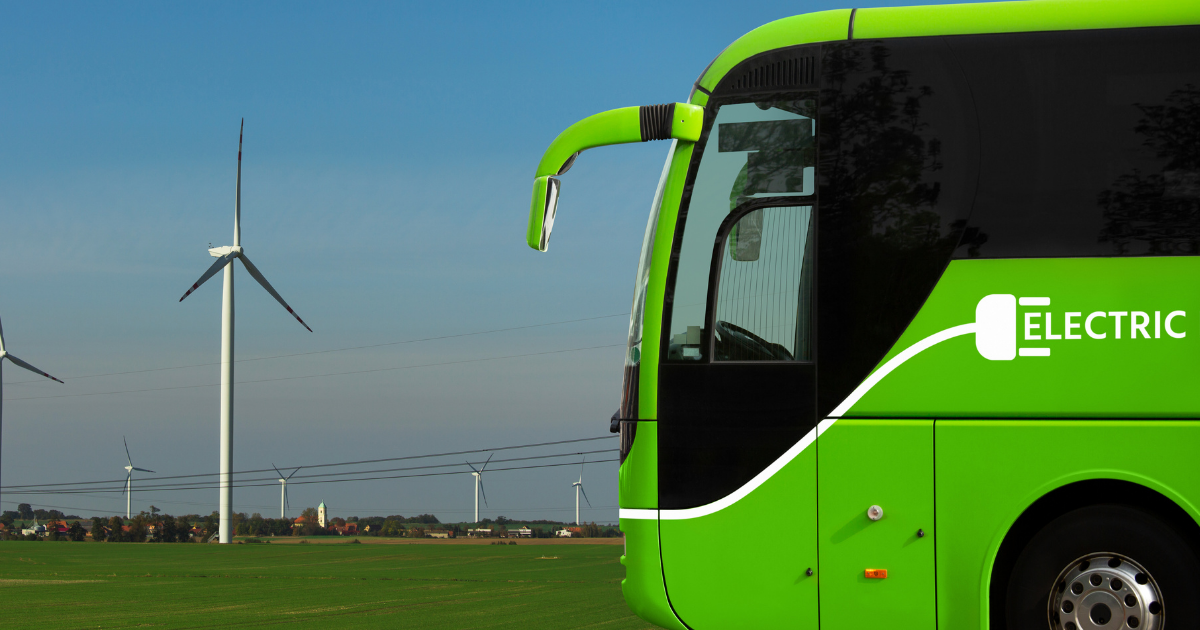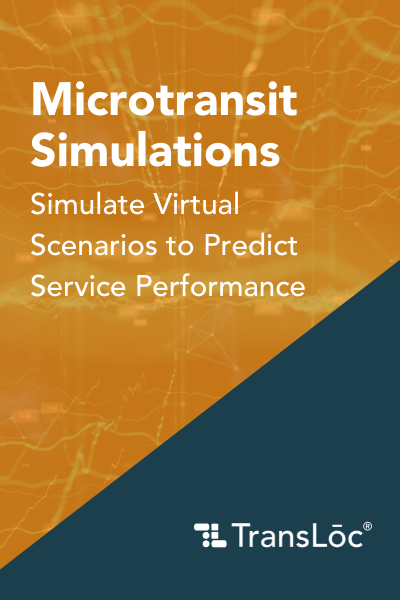
Electrifying our existing transportation network has clear benefits, ranging from reduced climate impacts to improved public health outcomes especially in urban areas. However, our collective excitement to “go electric” may be disguising the need to address larger issues with our transportation system.
Buying an electric car to replace a combustion car requires just as much physical space to drive and park. A direct transition doesn’t change congestion nor the land use and cost of our ever-expanding road network. It will also be some time before used electric cars and charging infrastructure become affordable to lower-income communities, which means they will continue to be subject to lower air quality than wealthier neighborhoods due to transportation emissions.
Realizing Climate Goals
Recent studies have demonstrated that converting from fossil fuel vehicles to electric isn’t enough to meet existing climate goals without a corresponding reduction in car travel. Studies from the California Air Resources Board and the Rocky Mountain Institute have found that even with a dramatic increase in zero-emission vehicles (ZEVs) on the road, we still need to reduce vehicle miles traveled (VMT) by 20-25% in order to meet our commitment to the Paris Climate Agreement.
Despite their reduced dependence on cars compared to the U.S., the U.K.’s Centre for Research into Energy Demand Solutions released a series of findings that confirm both electrification and a shift in modes will need to happen in parallel for the U.K. to meet their national climate goals. They estimate that in addition to market saturation of ZEVs, public transit use would need to increase its trips from 5% to 10% while cycling trips would need to increase from 2% to at least 6%.
The “front-loaded” impact of building electric cars combined with our continued reliance on fossil fuels for electricity and the continued suburban sprawl requires us to rethink how we move.
Automating Mileage
Advocates for electric vehicles often leap to autonomy as the answer to our traffic woes, but experts highlight the possibility that autonomous cars could increase congestion in many scenarios. Since the rider’s destination can be decoupled from parking, we risk personal vehicles contributing to additional VMT and congestion by traveling significant distances to find parking while empty.
Shared autonomous vehicles (SAVs) could help by boosting vehicle utilization rates, but studies have shown they too can increase traffic delays in urban environments unless streets are redesigned to better accommodate frequent stops.
Investing in Activity
Another key component of reducing our transportation emissions is shifting more trips from cars to the healthiest and least-polluting forms of transportation: walking and cycling.
Many cities have made commitments to build additional protected bike lanes and enhance pedestrian safety—even the infamously car-centric city of Atlanta approved a Vision Zero initiative. As cycling activity spiked during the pandemic, cities rapidly developed temporary means to accommodate the spike in cycling activity, but it’s unclear how much of this might become permanent. Public investment in active infrastructure still lags far behind the funds available for new and expanded roads at a time when this should be reversed.
Thinking En Masse
Transit is not exempt from this electric straw man either. A well-utilized diesel bus is better for the climate per passenger-mile than those same passengers driving their own cars, but is conversely the most polluting form of public transit. Electrifying those buses drops its emissions to even below light rail, which is a monumental advance for the health of our cities and climate. Recent innovations have even yielded electric buses, which cost less over their lifetime than diesel buses and are comparatively a better financial and environmental choice.
But is an electric bus still a good investment if it spends most of its life empty? When deciding where and how to deploy new electric buses, we should consider this an opportunity to make systemic changes to ensure those buses are properly utilized. Beyond the standard practices such as increasing frequency on key routes and ensuring we adequately serve communities who most depend on transit, agencies should consider combining other measures like smaller vehicles or shifting to on-demand microtransit services in areas without sufficient density to support fixed route service to further reduce capital and operating costs.
TransLoc can help agencies prepare for this by simulating a range of microtransit scenarios with electric vehicles of varying size and range to aid in vehicle purchasing, planning, and operational decisions which are vital to successful microtransit services. Deciding whether to purchase a smaller fleet of large, longer-range vehicles or multiple smaller, shorter-range vehicles is an essential component of building a successful and cost-effective electric powered microtransit service.
Cities have rightly recognized the need to better accommodate electric and eventually autonomous fleets, and many are actively planning for how to update both infrastructure and local regulation to meet this new future. We must simultaneously attack more systemic issues to reduce our dependence on cars—electric or otherwise—altogether.
